
OR
4 arrested with illegal narcotic drugs
Published On: January 13, 2017 04:03 PM NPT By: Republica | @RepublicaNepal

KATHMANDU, Jan 13: Police have arrested four people inclding Uttaam Karki, 21, of Nuwakot, currently staying in Balaju, with illegal narcotic drugs.
A joint team deployed from Metropolitan Police, Ranipokhari and Metropolitan Police Circle, Gongabu arrested them in posssession of 77 tablets of phenergan, 69 ampoules of dizepam, and 20 tablets of ibuprofen from Baniyatar of Tokha Municpality-12 on Friday.
The police also seized 10 tablets of phenamin and 14 grams of brown sugar from their possession.
Similarly, police also arrested 38-year-old Shyam Krishna Tamang for killing his elder brother Autar Tamang.
According to police, Shyam Krishna struck Autar of Jivanpur VDC-9, Dhading, to death with an iron rod.
Police are investigating the case after taking them into custody.
You May Like This

2 arrested with controlled narcotic drugs
KATHMANDU, Jan 2: Police has arrested Vicky Kumar Singh, 18, and Sajeet Kumar Singh, 17, of Bishunpura village of Champaran... Read More...

Three arrested with various drugs from different places
KATHMANDU, Jan 4: Bagwati Shrestha of Kiriyapani, Byas Municipality-6, Tanahun was arrested along with three kilograms 400 grams of marijuana... Read More...

Three arrested with contraband drugs
BIRGUNJ, Oct 22: Three persons were arrested on Friday night while smuggling contraband drugs from Raxaul in India to Nepal. Read More...

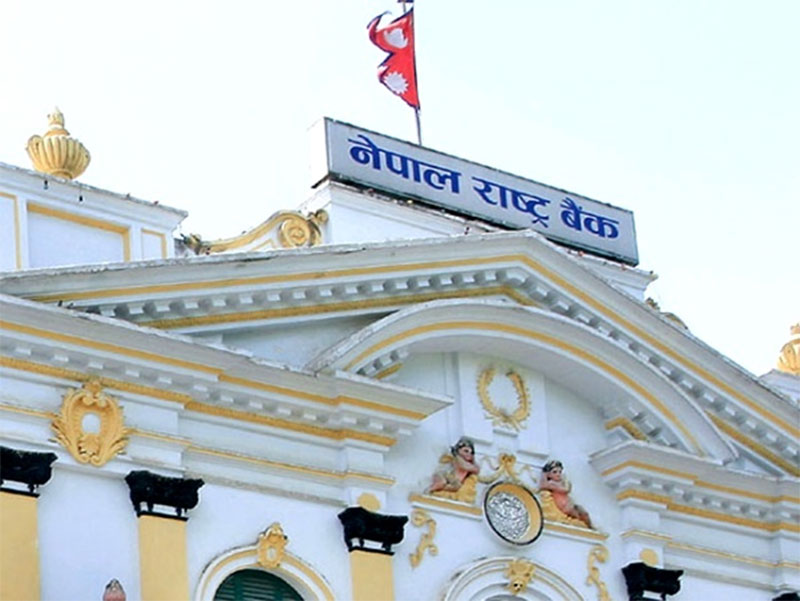


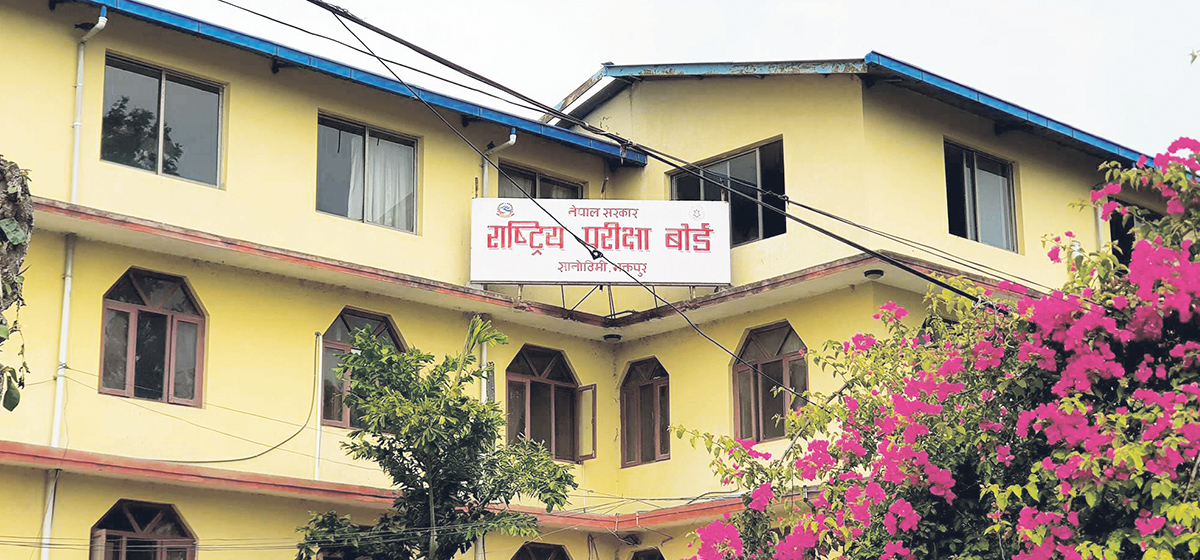

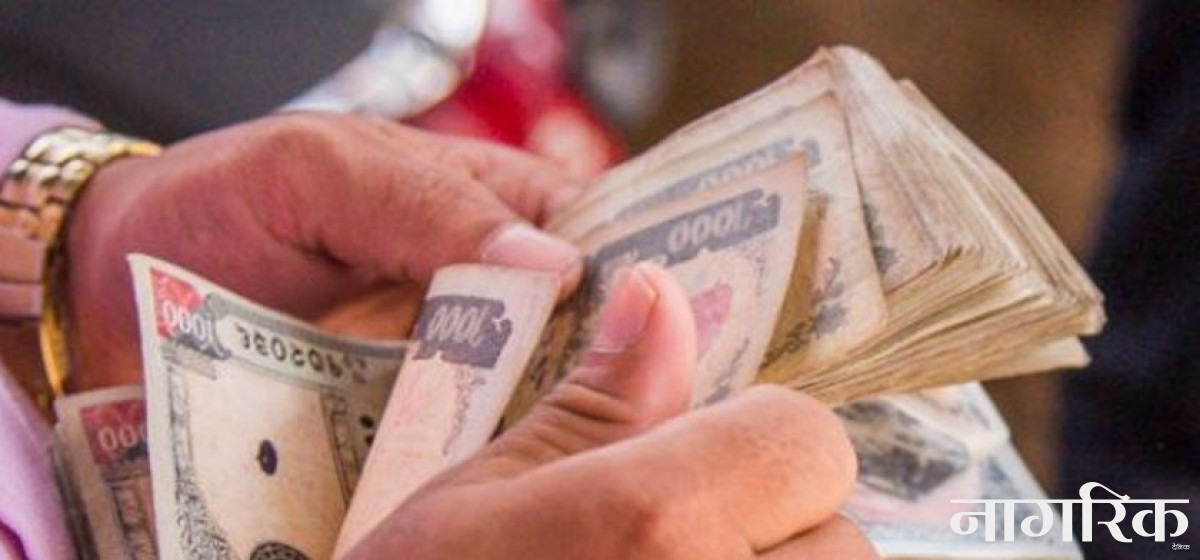
Just In
- NRB to provide collateral-free loans to foreign employment seekers
- NEB to publish Grade 12 results next week
- Body handover begins; Relatives remain dissatisfied with insurance, compensation amount
- NC defers its plan to join Koshi govt
- NRB to review microfinance loan interest rate
- 134 dead in floods and landslides since onset of monsoon this year
- Mahakali Irrigation Project sees only 22 percent physical progress in 18 years
- Singapore now holds world's most powerful passport; Nepal stays at 98th



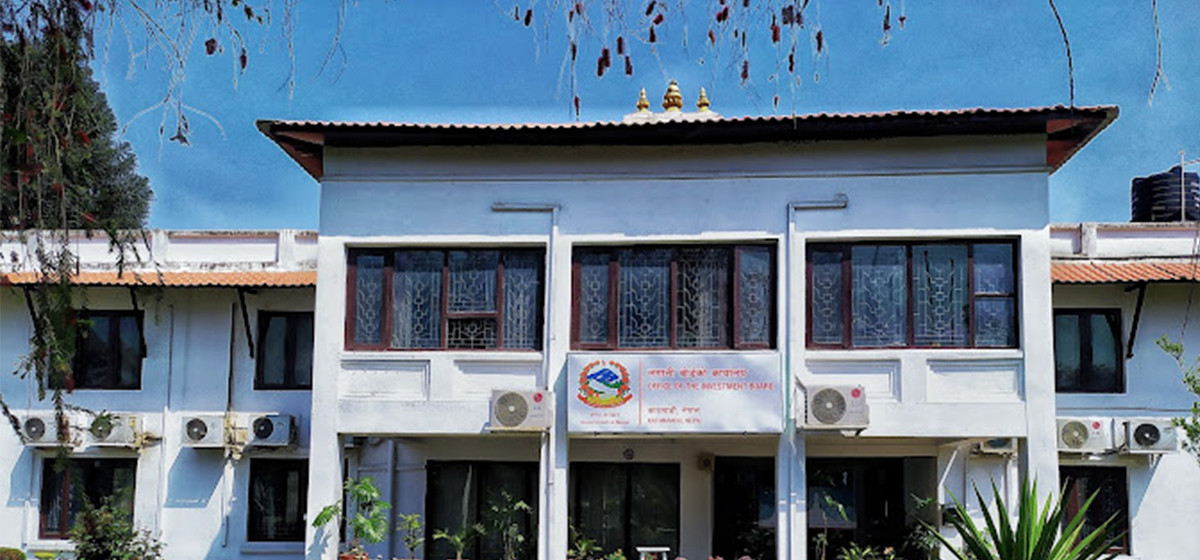


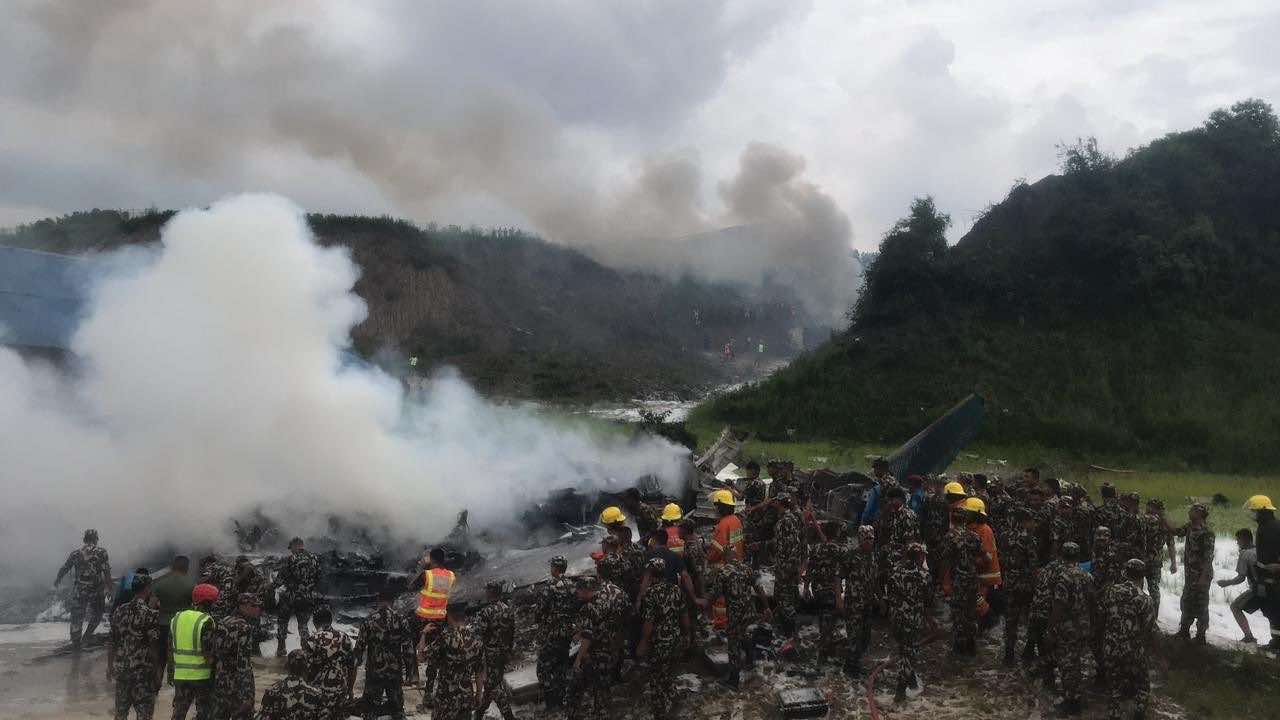
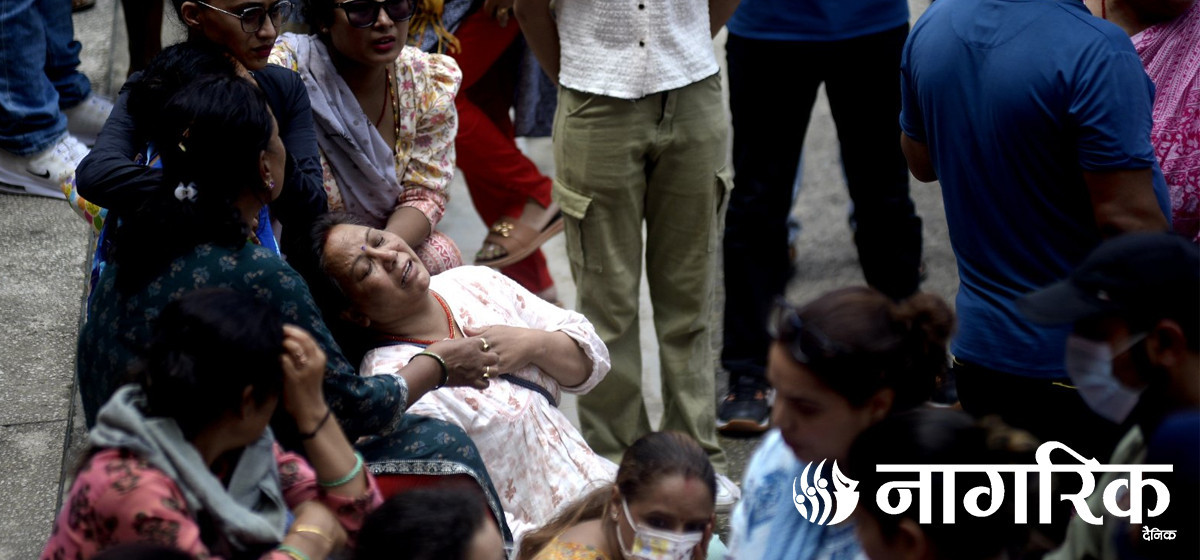


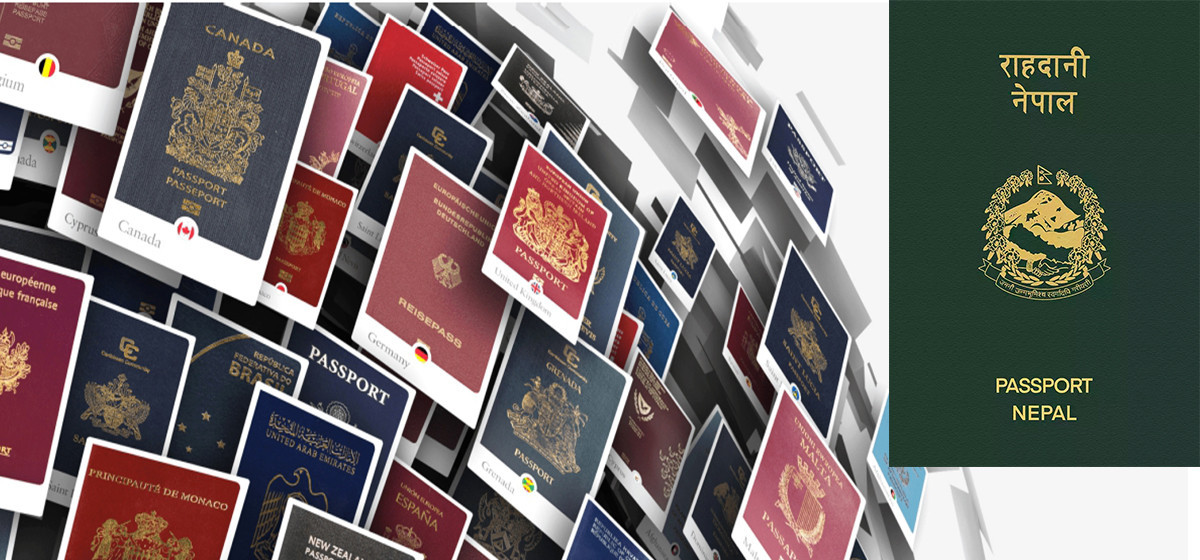
Leave A Comment